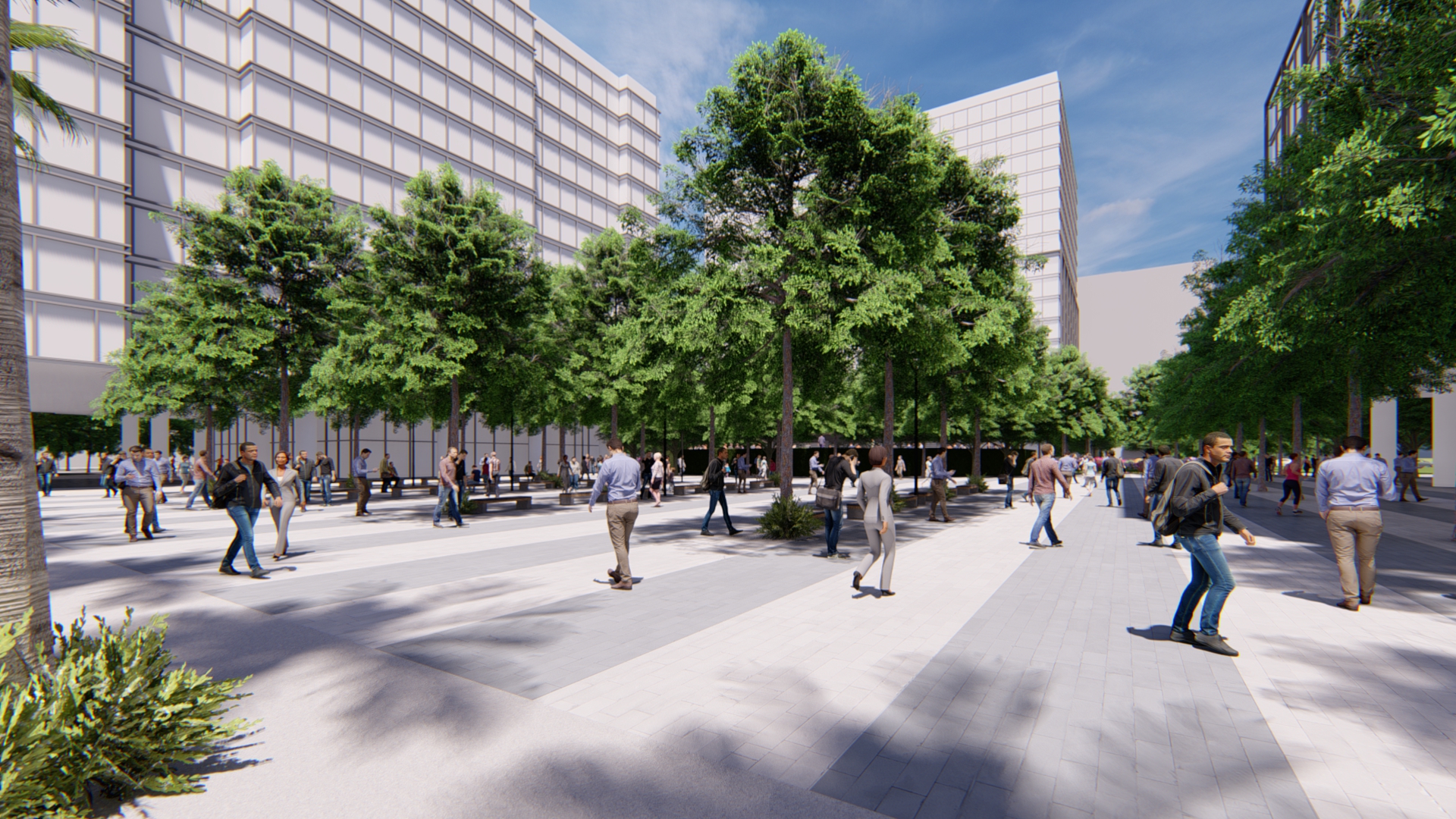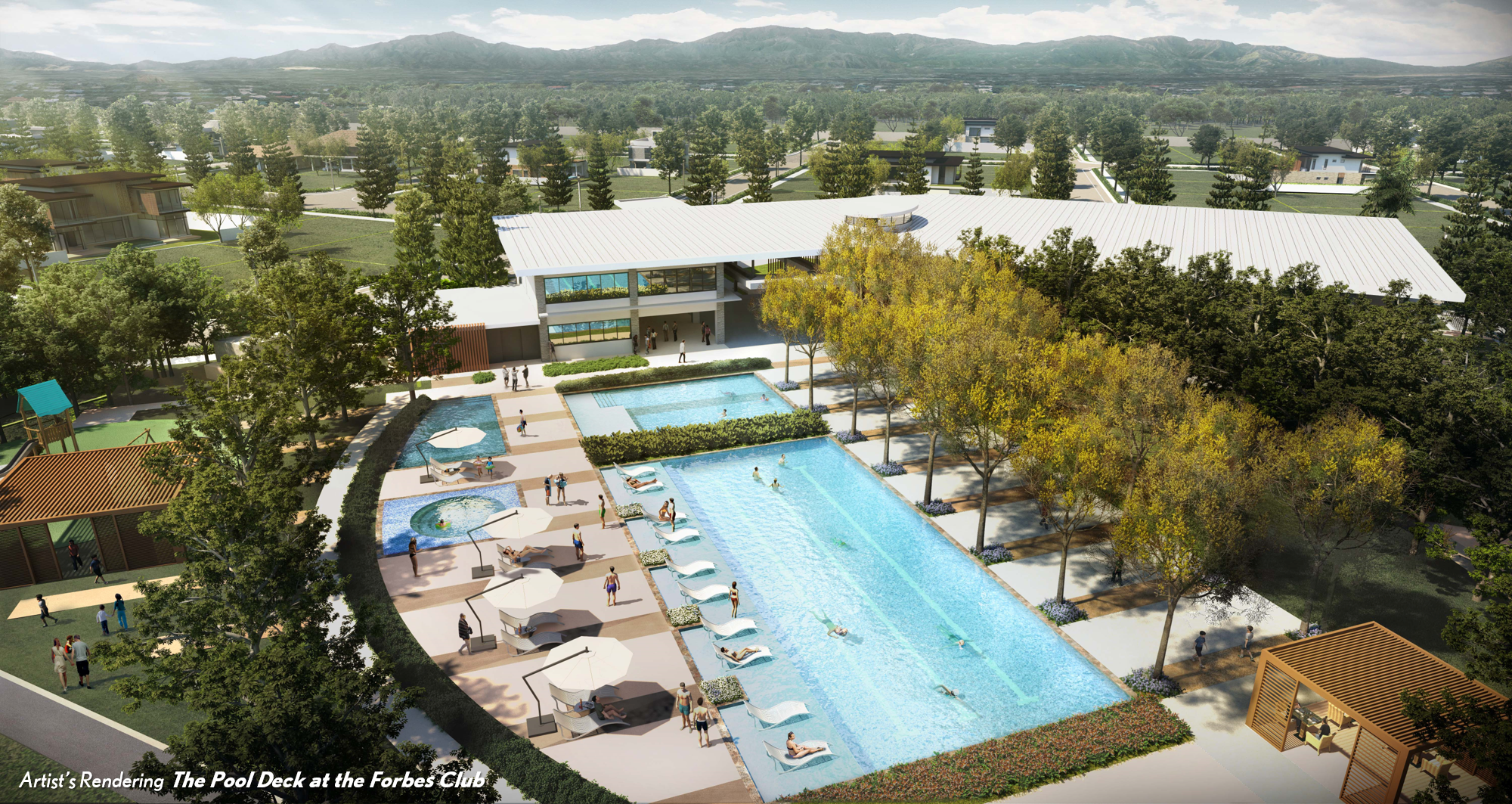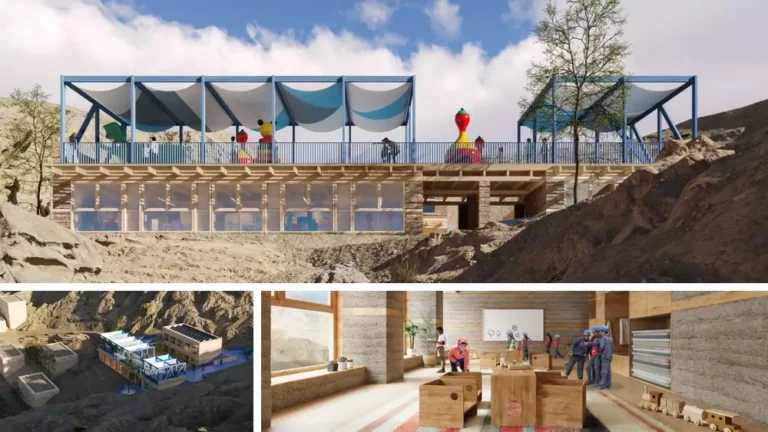6 of the exciting areas to visit in Lipa, Batangas (PH)
With its cool weather, nature, and laid-back lifestyle, this city in Batangas Province is a rising star within easy reach of Manila

Located in the picturesque province of Batangas, Lipa City is distinguished by its easy access to Manila, its cooler temperatures, and its situation beside Lake Taal, a popular beauty spot. Lipa is sought-after for its business opportunities—LIMA Technology Center is a production hub employing 55,000 workers, with a commercial district—relative immunity to natural disaster, and cosmopolitan make-up, with numerous Korean and Indian immigrants. All these factors, as well as the fact it hosts many tertiary institutions (AMA Computer College, STI College) renowned for computing courses, have made Lipa a magnet for property companies creating ambitious residences.
LIMA Estate

A prominent new development is LIMA Estate, a 794-hectare project in progress in the CBD, and due for completion late 2024. An industrial-anchored township with a residential area and sizeable commercial quarter, it will comprise 2,000 housing units, a four-star hotel, and 167 shops. The project sports killer views of the surrounding mountains and emphasises nature, with green spaces landscaped to enhance its setting. LIMA also has one eye on modernity and eco-credentials. Its developers, Aboitiz InfraCapital, plan eventually to add BPO units, condos, schools, hospitals, and digital infrastructure to build a “smart” city featuring renewable geothermal energy, and water and waste management systems that underline their goal of promoting healthy, sustainable integrated living.
Forbes Estates Lipa

Before the pandemic, Robinsons Land teamed up with local design practice ArkiAsia to embark on this impeccably landscaped, 221-unit suburban retreat covering 21 hectares. A generous 40% of the development is devoted to open, communal space and encompasses a Tranquility Garden, Picnic Grove, and Pet Park. Sporting and wellness facilities are also a central preoccupation, together with savvy, eco-conscious details like passive cooling deployed to maximise light and energy, and vintage acacia trees that highlight the estate’s natural beauty. Essential outlets such as supermarkets and medical centres lie minutes away. There’s also farming land, a golf club, and amusement parks. The project is scheduled for occupation by end-2025.
PHINMA Maayo San Jose

This family-friendly sanctuary in westernmost Lipa lies virtually on the shores of Taal Lake in an area rich with Filipino heritage and culture. Accordingly, its 545 white two-storey houses—named Rosario, Salva and Trinidad—pay tribute to the bahay na bato (“house of stone”) architectural style first popularised in the 1580s. This nod to the past is married with a contemporary interior-design sensibility by JP Corpuz Studio that prioritises maximal sunlight, rainwater conservation, ergonomics, and solar energy. A community focus predominates, with a multi-purpose hall, clubhouse, gym, playground, and two basketball courts. Furnishings and artworks sourced from local artisans reinforce the sustainability drive and promote Lipa’s economy.
Hapag Filipino Restaurant

Hapag doesn’t trade in novel quirks, fusion cuisine or surprises. But Batangueños come here in their droves for its homey surrounds and reliably delicious home-cooking dishes served in style—notably Batangas lomi, a regional pork belly and noodles speciality. Elsewhere Hapag’s menu is divided equally between seafood, pork, chicken, beef, and fish. Customer favourites include sinigang na maliputo (Taal fish in stew), chicharon bulaklak (deep-fried intestine with flour), and lechon kawali (deep-fried pork cubes). Hapag is Tagalog for “dining table”, where families gather over recipes handed down from their ancestors, and the restaurant was inspired by the togetherness of family meals so private parties are thus welcomed. Prices are on the steep side, but returning customers testify that the consistent quality more than merits the cost.
Kaiju Cafe

An expansive open-air hangout just opened last October, Kaiju takes its name from the giant monsters seen in Japanese sci-fi movies and TV shows and the café addresses its guests as “Kawaii Monsters”. Accordingly, there’s a strong Japanese influence across the fusion comfort food. Think teriyaki sauce, karaage fried chicken, tonkatsu pork cutlet and yakisoba noodles with vegetables. A typical menu item is baragon takoyaki, baragon being a fictional horned dinosaur. Drinks follow a similarly eclectic pattern with coffee selections including a Spanish latte. The space’s most striking feature is its substantial lawn and pond coverage, set among spacious surrounds not far from golf and country clubs, churches, and farms. An instant hit on opening, the cafe is assured of its future, at least among the Gen-Z trend-chasers who comprise Kaiju’s target market.
Casa Segunda (Luz-Katigbak House)

In the Philippines, writer, and nationalist José Rizal—who was executed at just 35 by Spanish colonialists in 1896—is an obsession, lending his name to monuments and public spaces countrywide and overseas. Little surprise, then, that the Lipa City residence of his first love, which is now ordained a national heritage house, remains a popular pilgrimage site that’s now a museum. The ancestral house was completed in 1863 by municipal governor Norberto Calao Katigbak, a prominent landowner, and gifted to his daughter Doña Segunda, whose brother was Rizal’s close friend. A stunning example of midcentury Philippine architecture replete with fountain, pond and orchard, Casa Segunda survived World War II bombs, and underwent restoration in 1956. It contains Doña Segunda’s traditional clothes and is today managed by her great-granddaughters.
The original version of this article appeared in PropertyGuru Property Report Magazine Issue No. 177 on issuu and Magzter. Write to our editors at [email protected].
Recommended
This duo is revolutionising textiles by blending traditional craft with cutting-edge design
Ausara Surface brings unconventionality and innovation to experimental textile collections
ARES White Paper Volume 3: The era of adaptive reinvention
Pioneering sustainable and innovative practices in urban development
ARES White Paper Volume 2: Unravelling the power of data revolution in real estate
Insights on proptech, smart cities, and sustainable development
ARES Digital White Paper Volume 1: The fundamentals of responsible building
Green and climate heroes join forces to discuss how Asia Pacific can weather the current environmental crises and the looming effects of climate change







